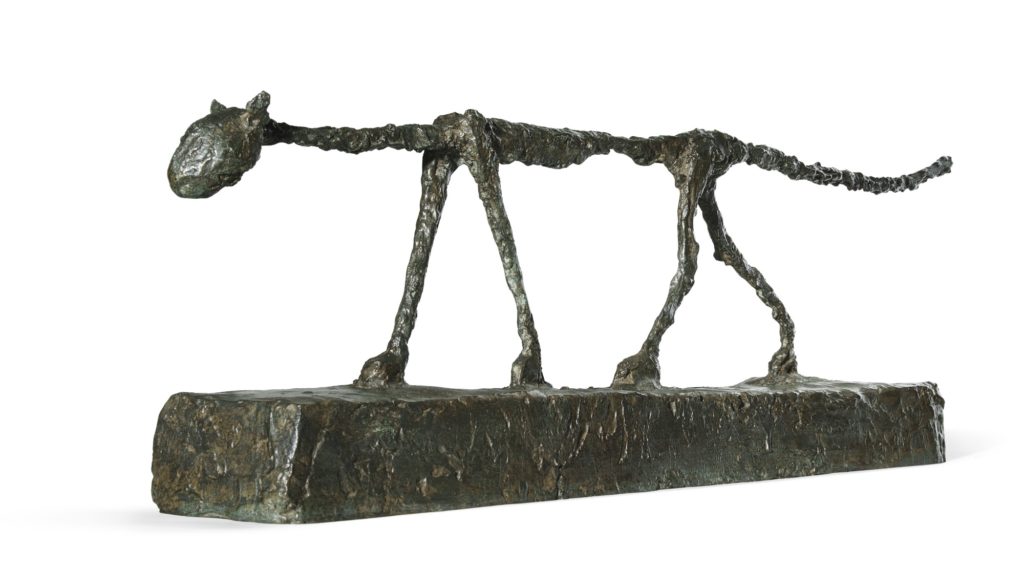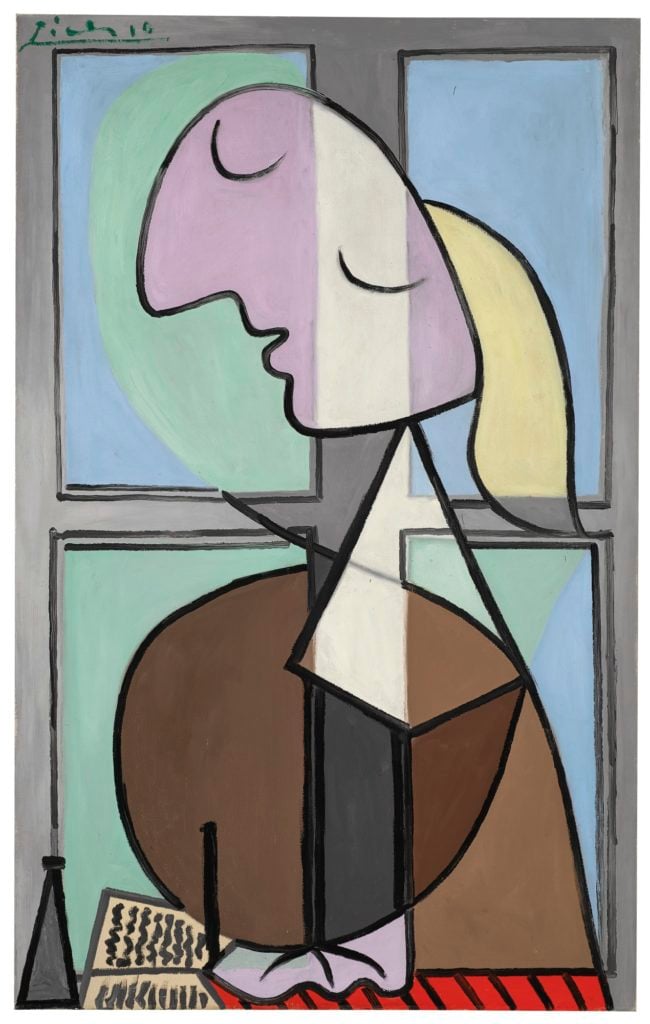Auctions
Sotheby’s Begins the Summer Season With a Limp $116 Million Impressionist and Modern Sale, Its Lowest Total Since 2012
Much of the tally was secured in advance by a hefty slate of guarantees.

Much of the tally was secured in advance by a hefty slate of guarantees.

Colin Gleadell

It was a disappointing start to the summer auction season in London. Sotheby’s Impressionist and Modern evening sale on Tuesday night brought in just £87.5 million ($115.7 million), the lowest for an evening auction in this category in London since 2012. (Final prices include buyer’s premiums; pre-sale estimates do not.)
On the heels of its May sales in New York and February sales in London, Sotheby’s clearly experienced some difficulty assembling the auction, which marked a limp beginning to a fortnight of sales.
The house sold a disappointing 26 of 36 lots, ten of which fetched prices below expectations. The pre-sale estimate of £99.7 million to £124.6 million was lower than for the equivalent sales in three of the past four years. (The range was only higher in 2016, when the market was experiencing a decline.) The sale’s modest estimate suggests that some of its lackluster performance was due to volatility in supply. But after several months of relatively solid results in the Impressionist and Modern category, demand also proved elusive.
Indeed, the vast majority of the sale’s total was secured in advance. Of the 36 lots in the sale, 14 were supported by financial guarantees, three from a third party, which suggests Sotheby’s was pushing the boat out to underwrite material for sale. The value of all the guaranteed lots carried a combined low estimate of £74 million, amounting to 75 percent of the entire pre-sale low estimate and even more of the final result—a high percentage by any standard.

Marc Chagall, Les amoureux en bleu (circa 1930). Image courtesy of Sotheby’s.
Of the guaranteed lots, seven sold below estimate and three works that had been guaranteed in house—two by Monet and one by the Italian sculptor Marino Marini—did not sell. That result will give Sotheby’s accounting department a few headaches and leave the auction house with some extra stock. But Helena Newman, Sotheby’s co-head of Impressionist and Modern art, was confident the house would find buyers for the works after the auction.
The sale started brightly enough, when several dealers weighed in for a cheerful gouache of lovers embracing by Marc Chagall. The work more than doubled its high estimate and sold to London dealer Anthony Brown, cell phone pressed to his ear, for £1.2 million ($1.58 million). But this momentum was not sustained.

Pablo Picasso’s Buste de Femme de Profil (Femme ecrivant) (1932). Image courtesy of Sotheby’s.
Much depended on the top two lots. The most expensive work in the sale, Picasso’s painting of muse Marie-Thérèse Walter in profile from 1932, was the fifth painting of her from the early ‘30s to come up for auction in 18 months—and not the most seductive. Guaranteed by a third party, it failed to reach its unpublished pre-sale estimate of $45 million and sold on a single bid, presumably to the guarantor, for £27.3 million ($36 million).
The second most valuable lot, a scrawny bronze cat by Giacometti, was last sold in 2010 for $21 million. In May, it had a $20 million low estimate before it was withdrawn from sale in New York. This evening, it was picked up by a staffer from Hauser & Wirth for a reduced £12.6 million ($16.7 million). She also bought a postwar shelter drawing by Henry Moore, whose estate the gallery manages, for £490,000 ($645,075). The price was not significantly more than London dealer Richard Green paid for the same drawing in 2010.
The highest estimated lot without a guarantee was a medium-sized painting by Joan Miró, Peinture, from 1933 (a good date), estimated between £8 million and £12 million. It once belonged to Alexander Calder, with whose work it bears an affinity, and was being sold by the foundation of prominent Miami collectors Norman and Irma Braman. But in spite of the work’s solid provenance, it failed to sell.

Wassily Kandinsky, Gabriele Münter Painting Outdoors in Front of an Easel (1910). Image courtesy of Sotheby’s.
The distinction of the most expensive un-guaranteed work was then taken up by Wassily Kandinsky’s semi-abstracted 1910 painting of his lover, Gabriele Munter, which sold to a European collector within estimate for £5.3 million ($7 million). A Russian collector bought an unremarkable still life by Paul Gauguin above estimate for £2.3 million ($3.03 million), while yet another scooped up a landscape by Alfred Sisley below estimate for £550,000 ($723,760).
Sotheby’s also benefited from some Asian bidding on a small Giacometti sculpture and misty Paris street scene by Camille Pissarro, but hopes for Asian bids on works by Monet—a favorite in China—did not materialize, as buyers there are becoming more selective. Three less-than-top-notch Monets failed to sell, while a pretty seascape went to an American collector for below its £6.5 million ($8.6 million) low estimate.
Faring almost as badly was a group of mediocre-quality works by German artists—Franz Marc, August Mack, Max Liebermann, and Emil Nolde—that were perhaps more suited to a sale in Germany and found no takers.
After the sales, Newman commented that the price of the Marie-Thérèse portrait compared favorably with the $3.7 million it fetched in 1997, when dealer Herbert Rosenfeld bought it at auction. But there were no other such comparisons to be made. Crucially, most of the works that had been on the market in the previous decade saw no appreciation. And it is difficult to persuade sellers to part with middle-market material in a selective climate when there are no significant gains to be made.